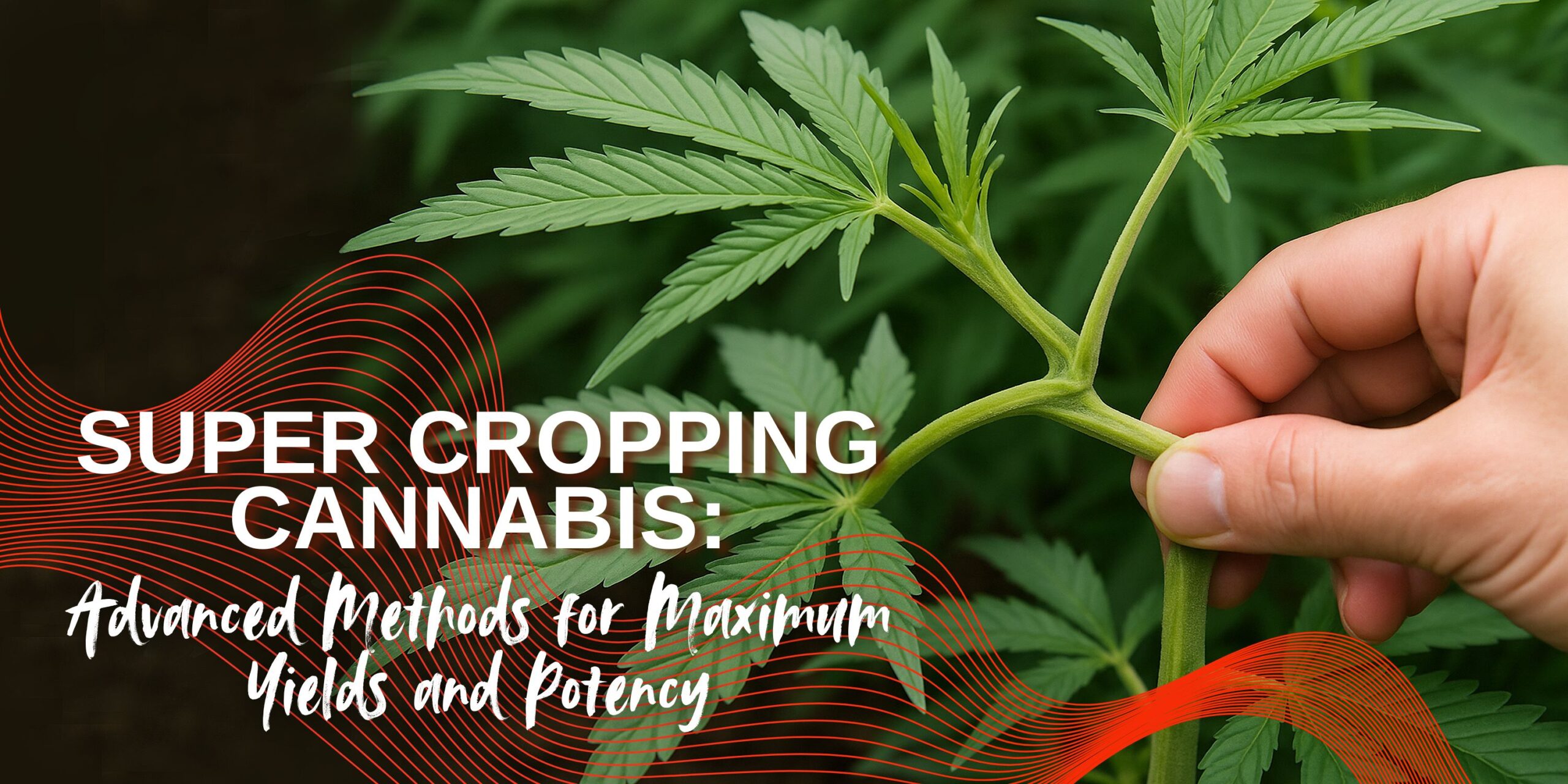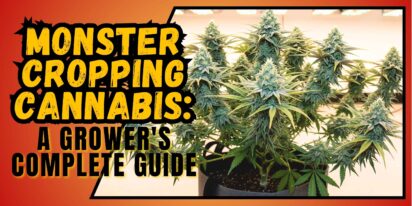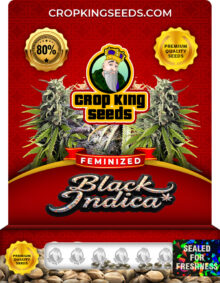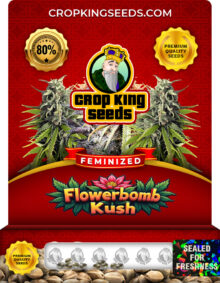Super cropping is an advanced high-stress training (HST) method used by skilled cannabis cultivators to unlock the true potential of the plant. By intentionally stressing specific areas of the plant, growers can trigger a natural healing process that strengthens branches, optimizes photosynthesis efficiency, and increases flower production. The result is not only a more productive cannabis plant but also one with higher-quality buds and improved cannabinoid and terpene content. Super cropping, unlike other passive training methods, actually reconstructs the growth pattern of the plant, prompting it to redistribute energy away from the strongest colas and pool resources more uniformly across the canopy.
What Is Super Cropping, and How Does It Work?
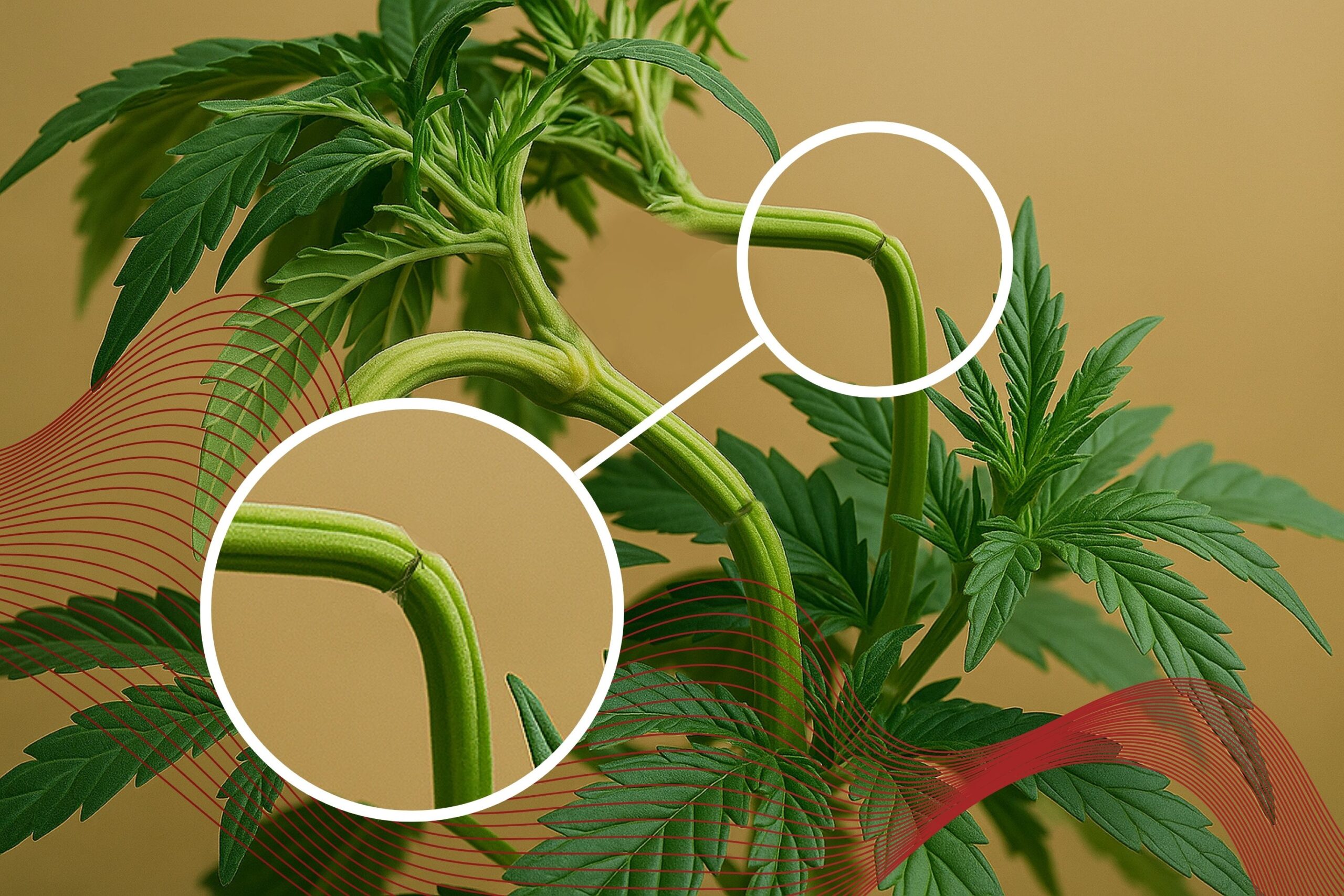
Super cropping is a method of intentionally wounding the inside of a cannabis branch by bending and pinching it gently without breaking the outer surface. This damage alerts the plant’s defense mechanism, causing quicker growth, improved nutrient transfer, and stronger branches.
The plant thickens the damaged area, diverts growth hormones, and enhances the production of cannabinoids and terpenes in reaction to super cropping. This physiological reaction improves not only the structural integrity of the plant but also its overall quality and productivity.
Timing is critical. Super cropping is best done in the early to mid-vegetative growth phase when the stems are still flexible and the plant is focused on growth. This stage provides the plant with sufficient recovery time before flowering commences.
Benefits of Super Cropping Cannabis Plants
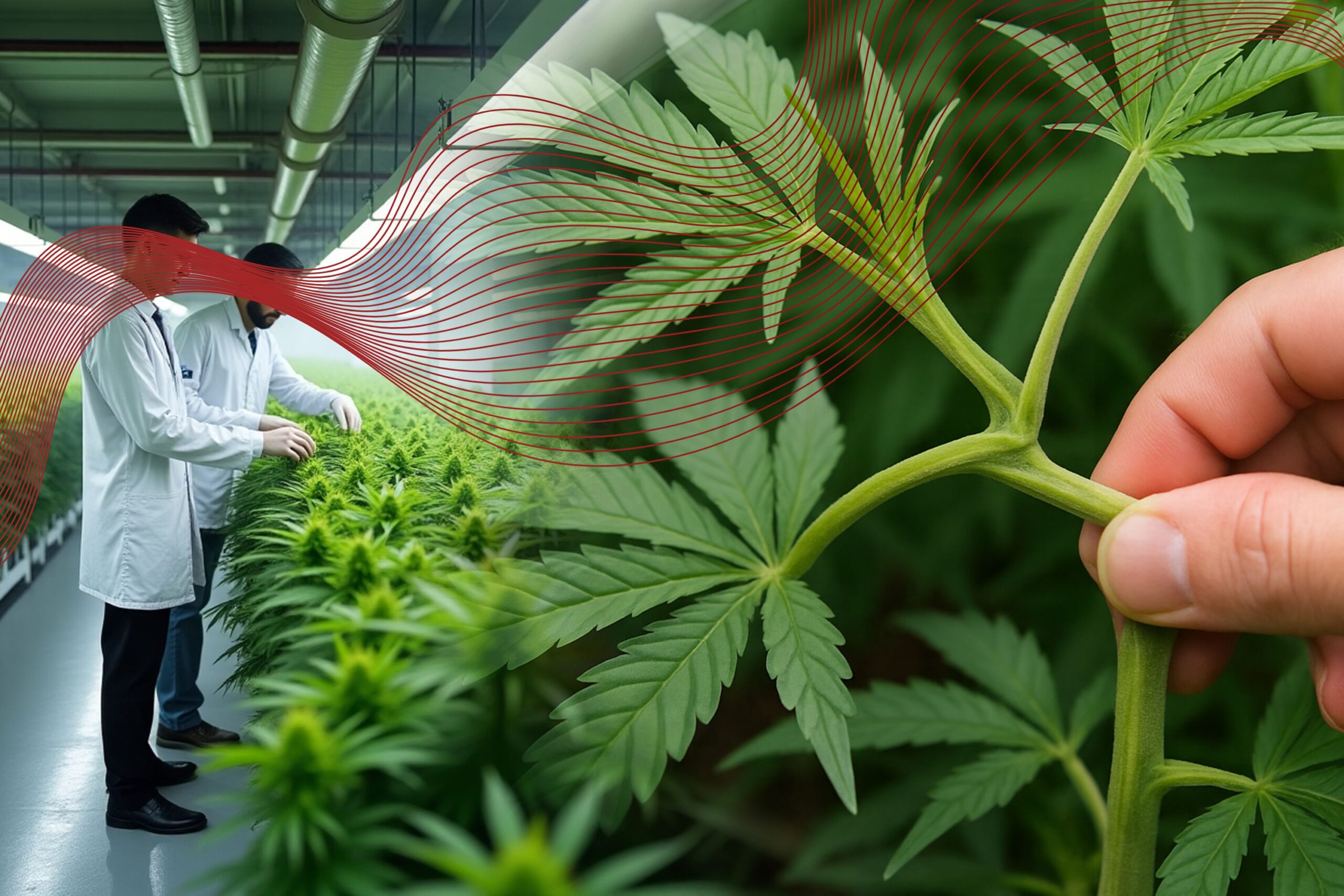
Increased Yields through Increased Light Exposure
By managing plant height and opening up the canopy, super cropping allows for uniform penetration of light into all parts of the bud sites. This produces more developed colas and higher photosynthetic efficiency. Formerly lower bud sites that used to form popcorn buds can now grow into dense, heavy flowers.
Enhanced THC and Terpene Yield
Super cropping puts the plant under stress, controlled stress, which triggers a defense response that amplifies resin and terpene output. Stress-induced enhancement not only boosts the flowers’ aroma and flavor profile but also their potency—making the end product significantly more desirable to both recreational and medical consumers.
Enhanced Branches and Overall Plant Hardiness
The knuckles which develop at super cropped points develop natural supports which enable branches to hold the structural load of massive colas inside, and protect against the wind and weather outdoors when grown outside.
Step-by-Step Guide: How to Super Crop Cannabis Like a Pro
1. Identify the Right Branches
Look for vertical stems with branches taller than the rest of the plant because those are the prime ones to super crop. By targeting vining vertical stems, we can induce lateral growth and ensure a more balanced canopy. Target branches that are not yet hardened or woody because they are simpler to bend and less prone to breakage in the process.
It’s best to avoid super-cropping branches that are already very stressed or showing symptoms of disease. Healthy, vigorous branches will be most receptive to this technique and will heal very quickly, maximizing the returns from the training process.
2. Soften the Stem
Rolling the branch back and forth in your fingers serves to soften the fibrous inner core yet preserve the outer skin. This softening process is important as it avoids having the stem snap unintentionally when bending it. Be patient, slowly massaging the desired part of the stem until it becomes yielding but not soggy.
Other farmers also utilize a warm pack or perform this step during the plant’s “night” stage to further improve the flexibility of the stems. This minimizes the risk of causing permanent harm and maximizes the success rate of each super crop.
3. Bend the Branch at a 90° Angle
When the stem is soft, gently bend it until it bends into a 90-degree angle. The objective is to have a faint crack or crunch, which means that the internal tissues have broken. Be careful not to break the outer skin—this maintains the wound as sterile and minimizes the risk of fungal infections.
If a minute tear occurs, wash the area and cover it with horticultural tape or grafting tape to facilitate healing. Properly bent stem will remain in place and begin to form a callus within a few days, supporting the branch and directing the energy of the plant to secondary growth regions.
4. Support If Necessary
After bending, certain branches will sag or droop due to their own weight. A light support every now and then with soft plant ties or trellis netting will prevent undue stress on the injured area. With the passage of time, the plant will reinforce the bend with a firm knuckle, holding it in place.
Having your canopy organized with bamboo stakes, Velcro ties, or twist-ties will keep it neat and under control during the recovery period. Supporting the plant allows for faster recovery as well as preserving your nicely constructed canopy form.
5. Monitor Recovery
After super cropping, closely monitor the plant behavior. Leaves may wilt or droop, but should perked up within 24 to 72 hours. Signs of recovery include new vertical growth on the shoot, good green color of the leaves, and thickening of the curved area.
Resume normal feeding and environmental care in the course of recovery. Maintaining proper nutrient availability and regular lighting will accelerate the healing and growth of the plant. Avoid repeating any other high-stress training until the plant is completely recovered.
Ideal Timeframe and Frequency of Super Cropping
Super cropping works best when the plant is in its early to middle vegetative growth stage and not yet on the verge of initiating pre-flowers. Most typically, that’s around weeks 3 through 6 in the vegetative cycle. The plant is still very pliable, and it has plenty of time to recover before going into the flowering stage.
Some seasoned growers supercrop repeatedly in a lengthy veg cycle, particularly for photoperiod varieties. Nevertheless, one must give the plant sufficient time to recover completely between sessions—a week or even more is preferable—so as not to excessively stress the plant. Never super crop in flower, since these activities tend to induce hormonal upsets and stunted bud formation.
Synthesizing Super Cropping with Other Training Methods
Super cropping may also be synergistically utilized in combination with other training techniques to yield even superior results. Through combining techniques, growers can mold the structure of the plant to ensure maximum efficiency in limited grow spaces.
Low-Stress Training (LST)
LST is a natural combination with super cropping. Once you bend the stems, use ties to control the direction of the branches and position the canopy as desired. The technique creates an even, flat canopy well adapted to light penetration and SCROG use. LST lowers recovery stress and time and allows for ongoing canopy management throughout veg.
Topping and FIMing
Topping or FIMing a plant before super cropping induces the development of several main colas. After new tops have formed, super cropping can once more redirect their development and even out the canopy. This synergy induces bushier, more productive plants with several large bud sites rather than one dominant cola.
SCROG (Screen of Green)
Super-cropped branches will be more flexible and more easily woven into an SCROG net. This mesh-based training system opens out the canopy and ensures maximum light exposure and is best suited to short vertical spaces. The net also supports the heavier branches, reducing the need for manual staking during flowering.
Common Super Cropping Mistakes
Over-Stressing the Plant
Overtraining within a short duration can stress the plant. Super cropping should be performed only if the plant is healthy and shows no signs of nutrient deficiency, pests, or root problems. Overstressed plants may be shocked, which leads to dwarfing or lower yield.
Avoid adding other stress factors, such as transplanting, pest management, or hard defoliation, immediately before or after super cropping. Planned, timely action is better than aggressive overhandling.
Breaking the Skin
The stem’s outer epidermis also provides protection. In the event that the skin tears while super cropping, the inner tissues become susceptible to infection. Always soften the stem enough before bending, and stop if you feel too much resistance. When tearing, clean the wound using hydrogen peroxide and tape to close it to prevent pathogen invasion.
Super Cropping During Flowering
Flowering isn’t when to introduce high-stress techniques. Cutting at this point would damage the plant, which has dedicated all its energy to bud development. It can delay growth and reduce trichome production. Super crop only during the vegetative stage and focus on canopy support and nutrient uptake during the bloom stage.
Final Thoughts: Unlock Your Plant’s Full Potential
Super cropping weed is the pioneering technique that brings cannabis cultivation to a new dimension. With the refinement of controlled plant stress technology, growers can remold their plants into being healthier, productive, and more chemically sophisticated. Super cropping isn’t about the size of the buds—it’s about structuring the plant for maximum efficiency and releasing its genetic capabilities.
Used responsibly in conjunction with other growing practices, super cropping ranks among the most effective tools the grower will find. With either a handful of plants under grow lights in a closet or an indoor, multi-plant garden, integrating super cropping into the growing schedule will allow you to harvest top-flight crops of unrivalled quality and power.





